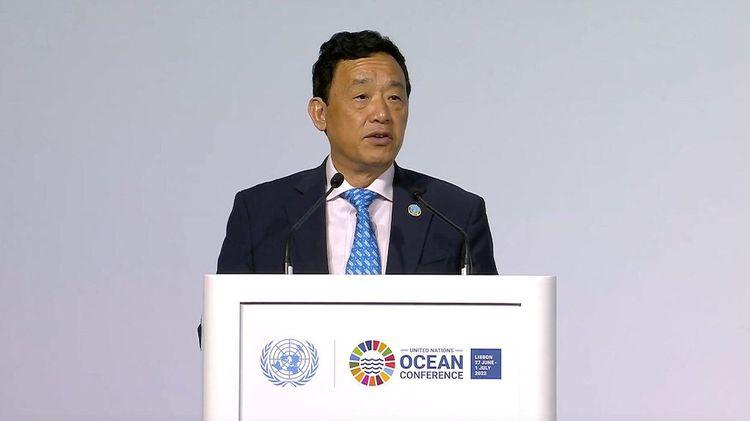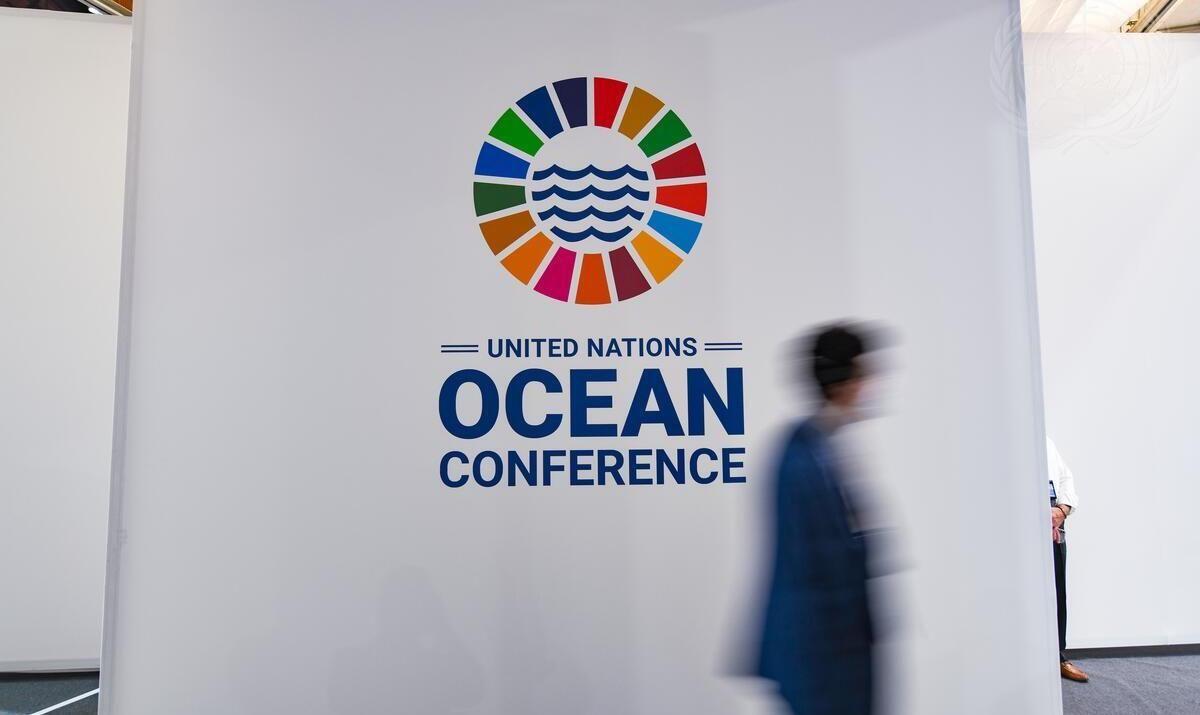The United Nations Food and Agriculture Organization (FAO) promotes the so-called blue transformation at the 2022 Ocean Conference to end hunger.
This transformation includes three key objectives: the intensification and expansion of sustainable aquaculture; the effective management of fisheries; and the improvement of value chains that guarantee economic and environmental viability of seafood production.
During his participation in the side event “Making fisheries sustainable and providing access to small-scale fisheries to marine resources and markets”, the director general of FAO, Qu Dongyu, noted that today we live in a world with 800 million hungry people and three billion without access to a healthy diet.

Director General of FAO, Qu Dongyu. Photo: FAO
To address these challenges, the FAO strategic framework 2022- 2031 supports the urgent transformation of global food systems, including aquatic production systems.
“Beyond providing food, aquaculture offers opportunities and markets that would support millions of people in their livelihood, including women and indigenous populations,” Dongyu said.
In 2020, fisheries and aquaculture achieved an all-time record production of 214 million tons, worth 424 trillion dollars, according to the study “The State of Global Aquaculture and Fisheries, Towards the Blue Transformation” published this year.
Despite the special interest of the United Nations agency in aquaculture, the incumbent recognizes that this field is not included in Sustainable Development Goal number 14, in which FAO maintains 4 indicators alone and 3 with other actors.
“We need to transform our aquatic food systems to be more resilient, inclusive, sustainable, equitable and efficient. Achieving SDG 14 is vital,” said Dongyu.
The official gave details of the status of goal 14.4, which calls for regulating fishing exploitation, ending overfishing and restoring fish stocks for maximum sustainable performance in 2020.
“The indicator for this goal is the proportion of the fish population within ecologically sustainable levels, unfortunately this goal was not met,” he lamented.
The fraction of stocks fished at biologically sustainable levels stood at 64.6% in 2019, which is 1.2 percentage points lower than in the 2017 measurement.
However, 82.5% of landings in 2019 were from biologically sustainable populations, an increase of 3.8% compared to 2017.
“This shows that fishing stocks are indeed being rebuilt... To achieve goal 14.4, effective management is the best conservation,” Dongyu said.
Elimination of subsidies and access to fishermen
Target 14.6 helps eliminate subsidies and helps eliminate incentives that lead to overfishing and illegal fishing.
Qu Dongyu congratulated the World Trade Organization for an agreement on fishing subsidies reached in June that consists of banning subsidies that result in poaching with unprecedented transparency provisions, as well as the total prohibition of subsidies for unregulated deep sea fishing.
FAO is committed to supporting the implementation of this agreement. In addition, to achieve goal 14.6, the official said that a series of existing agreements must be implemented, such as: the 1995 United Nations on Fish Stocks, the 1995 Code of Conduct for Responsible Fisheries and the 2009 Port State Agreement on Measures.
With regard to target 14.B, which aims to provide small fishermen with access to marine resources and markets. The official stressed that “this is crucial in relation to sustainable livelihood.”
He said he was satisfied that there are more and more frameworks that recognize and protect small fishermen who make up 90% of the sector's workforce and produce 40% of the world's catch.
“Dear friends of SDG 14, the SDG that receives the least funding can only be achieved through strategic and innovative alliances, as well as commitment and funding,” said Dongyu.



Comentarios (0)